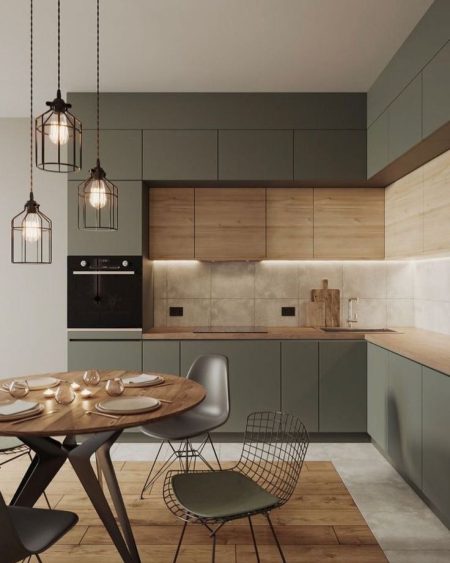Editorial Note: We earn a commission from partner links on Forbes Advisor. Commissions do not affect our editors’ opinions or evaluations.
If you bought a house before 2019, you’ve probably seen its value rise, or even skyrocket. With the number of homes on the market falling far behind demand, prices have been going up. And homeowners have been dipping into that added equity.
Home equity lines of credit, or HELOC loans, have grown in popularity as home values continue to rise.
According to a new report by the New York Federal Reserve, HELOC balances have ballooned by $3 billion since the first quarter of 2022. This dramatic growth comes after an almost 13-year decline.
Getting a HELOC is a better move than cash-out refinancing in a period of rising mortgage rates. You can tap your home’s equity while keeping your existing low mortgage rate. With a HELOC, you don’t have to sell your home to cash in on its added value.
How HELOCs Can Help You Save Money
HELOC rates, which may be fixed or floating, are hovering around 8%. That is still low by comparison to credit card interest rates, which currently top 24.5% on average.
That can mean more money for home improvement, or extra cash in the bank.
“Homeowners have gained a lot of equity in their homes over the last few years,” says Ralph DiBugnara, president of real estate platform Home Qualified. “So they’re using HELOCs to pay off other high-interest rate debt instead of refinancing their first mortgages.”
Peter C. Earle, an economist at the American Institute for Economic Research, says that many homeowners use HELOCs to upgrade their current house rather than sell and expose themselves to a tight housing market requiring an expensive mortgage.
About two-thirds of borrowers who took part in a July MBA Home Equity Lending Study said their reason for getting a HELOC was home renovations and remodeling; 25% cited debt consolidation, while 10% said it was for emergency cash access.
The interest paid on a HELOC is tax deductible for any years before 2018 or after 2025 if the funds are used for home improvements, such as adding square footage to an existing home. If the money is used for personal living expenses—such as paying off credit card debt—the HELOC interest isn’t tax deductible.
How HELOC Spending Can Be Risky
While having access to cheaper money can be a great resource, it can also be a dangerous temptation. If your home’s value shot up during the pandemic housing boom, it may seem like you have free money at your disposal.
But it’s important to remember that home values don’t always rise. So if you cash out some equity and the value of your home goes down, you could be left owing more than your house is worth.
Some industry experts say they noticed a shift in how HELOC money was used as inflation spiked at the end of 2021. More people began leaning on their credit cards and even home equity to pay for day-to-day expenses, says Michael Gifford, CEO and co-founder at Splitero, a company specializing in shared equity agreements.
“Your home is used as collateral, and if you don’t make your monthly payments on time, your lender could force a foreclosure,” Gifford says. “Potential bad uses of HELOCs would be using them to fund a lifestyle outside your means.”
Before you spend any money, remember that you’ll have to repay it down the road. Consider those future payments and how they may affect your budget. If you can, try to pay down the principal as soon as possible.
The consequences of missing HELOC payments are dings to your credit, late fees and even foreclosure, so keep that in mind when you’re spending the money.
Repaying Your HELOC
With a HELOC, you don’t have to spend the entire amount approved by the bank, and you only pay interest on what you use.
Some people take out HELOCs just to have quick access to cash, with no intention of using the money unless an emergency arises. If you never use any money, you never owe any money. Some banks may charge fees for getting a HELOC—such as application, maintenance or origination fees—but many do not.
Most HELOCs are divided into two parts: the draw period and the repayment period. The draw period is the time frame allotted for spending money. For most HELOCs, the draw period lasts 10 years. During that time, you’re only required to make interest payments. After the draw period ends, you usually have 20 years to repay the amount you borrowed, including both principal and interest.
You may be able to save some money on interest if you pay down the principal during the draw period. However, some lenders may charge an early-payoff fee, so before you sign up for a HELOC, find out what fees your lender charges.
Find the Best HELOC Rates of 2023
Read the full article here









